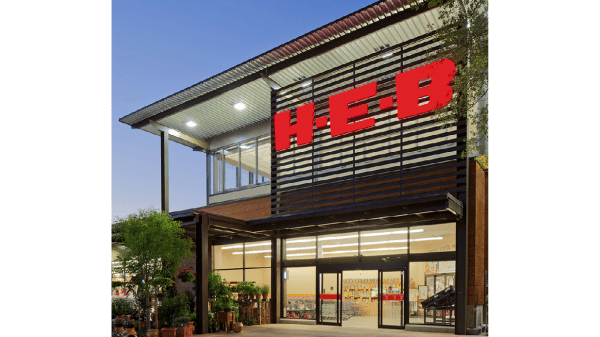In the grocery industry, H. E. Butt Grocery Company BB #:106490 has a reputation for identifying competitive threats early and responding proactively, including territorial incursions.
Responses have included lowering prices, getting into or expanding within a competitor’s target markets with new formats, or adding products and services.
It also has the advantage of strong brand recognition across the state, even in markets where it does not yet operate.
H-E-B’s competitive strategy has been a hallmark for decades. In the 1990s, H-E-B identified a threat from East Coast chain Food Lion, which was opening in the Houston market with an eye to other parts of Central and South Texas.
When Food Lion opened its first stores in 1992, with plans for 40 locations in the city, H-E-B responded by announcing the launch of its Pantry Stores, a chain similar to Food Lion with lower prices and smaller square-footage locations in residential areas.
Food Lion eventually had 41 stores in Texas but left the market completely by 1997. While other factors were involved, many analysts pointed to strong competition from H-E-B as a primary reason.
As of early 2020, H-E-B held a 23.4-percent market share in Houston, according to Metro Market Studies, just ahead of Walmart with 21.1 percent.
The entry of Walmart superstores into Texas began around 2000. H-E-B had identified the chain as a threat long before and was ready. In 2002, it cut prices overnight on 12,000 products, including 8,000 food items, to retain its market share.
H-E-B also invested significantly in the Central Texas region, especially with its H-E-B plus! superstores. As a result, it has fared better than many chains against Walmart, retaining its number-one status in key markets.
This is a feature from the Texas Supplement to the March/April 2021 issue of Produce Blueprints Magazine. Click here to read the full supplement.



